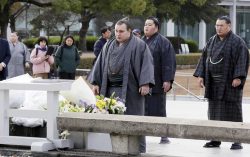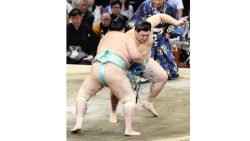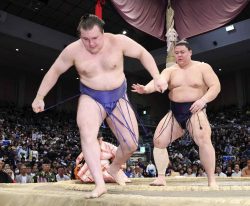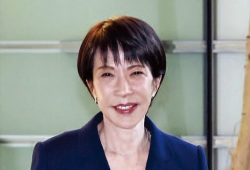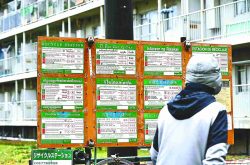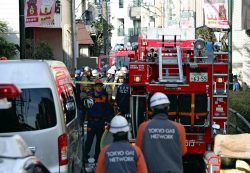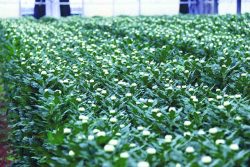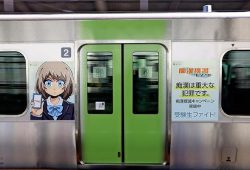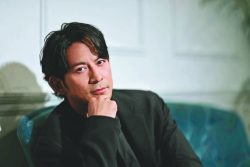The Sumo Scene / Venerable Nagoya Arena Prepares to Host Final Tournament; Venue for Numerous Sumo Surprises over 6 Decades
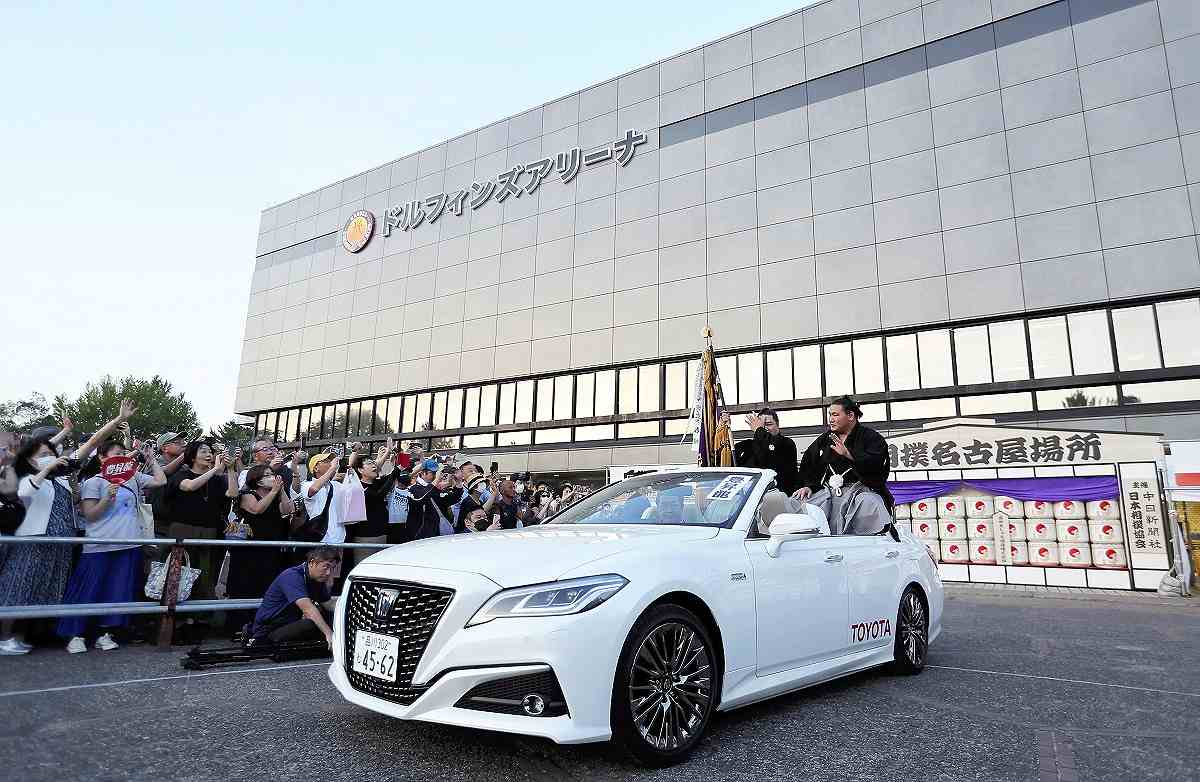
Hoshoryu, right, sets off on his victory parade outside Aichi Prefectural Gym after winning the Nagoya Grand Sumo Tournament in July last year.
11:01 JST, July 10, 2024
That time of year is upon us, when Nagoya hosts its lone grand sumo tournament. And this year’s event starting July 14 holds even more special meaning.
The curtain will come down for the final time on Aichi Prefectural Gym (known these days as Dolphins Arena), which has been the venue for the Nagoya tournament since 1965. It marks the end of an era, and starting next year, the tournament will be housed in the new IG Arena being constructed nearby.
The Nagoya tournament was elevated to membership in the grand sumo series in 1958. At that time, it was held at Kanayama Gym, which had no air conditioning and was nicknamed the “South Seas Tournament.” Blocks of ice were piled up to try to cool things off a bit.
Nagoya in July is unbearably humid. In most years, the rainy season is not yet over during the first half of the tournament, causing the occasional heavy evening shower and raising the humidity even higher. Maintaining top physical condition is undeniably difficult.
While the scientific evidence of how much the climate affects performance is unclear, the tournament has historically seen an inordinate number of champions emerge from the maegashira ranks. In the 65 years that Nagoya has hosted the tournament — it was relocated to Tokyo in 2020 because of the pandemic — six maegashira-ranked wrestlers have walked off with the Emperor’s Cup, the most of the six annual tournaments.
We often hear reference to the “stormy Spring Tournament” because of its history of unexpected twists, but in reality, “stormy” might be more apropos of the Nagoya Tournament.
Many of the championships won by maegashira wrestlers in Nagoya have been historic, perhaps none more than Hawaiian Takamiyama’s first victory in 1972.
In the long history of sumo, it marked a turning point by being the first won by a foreign-born wrestler.
It was also in Nagoya where wrestlers like Kongo, Kotofuji, Mitoizumi and Ichinojo, who were on no one’s list of tournament favorites, emerged from the maegashira ranks and stunned sumo fans by taking home the title.
Conversely, there have been wrestlers who used success in Nagoya as a springboard for promotion to yokozuna or ozeki, leapfrogging better-known wrestlers in an instant. Such legends as Kitanoumi and Chiyonofuji received the ceremonial messenger from the Japan Sumo Association informing them of their promotion to yokozuna while they were in Nagoya.
This is the year that the old gym holds its last tournament. What drama awaits? I can hardly wait for the first day.
— Kamimura is a sumo expert.
"Sports" POPULAR ARTICLE
-
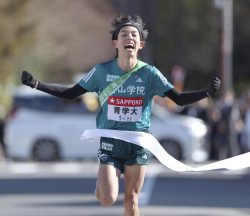
Hakone Ekiden 2026: Aoyama Gakuin Leads Tokyo-Hakone Ekiden After Record-Breaking End to 1st Day (Update 1)
-
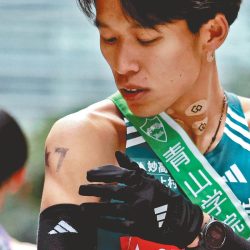
Hakone Ekiden 2026: Aoyama Gakuin Hakone Ekiden Runners Kept Departed Teammate in Their Thoughts During Race
-
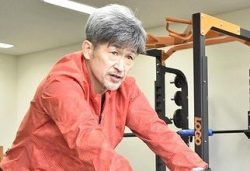
‘King Kazu’ Joins J3’s Fukushima United FC on Loan; 58-Year-Old Kazuyoshi Miura Returns to J.League for 1st time in 5 Years in 2026
-

At 58, the World’s Oldest Professional Soccer Player Says He Is Only Getting Better with Age
-
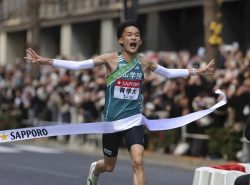
Hakone Ekiden 2026: Aoyama Gakuin Defends Tokyo-Hakone Ekiden Title
JN ACCESS RANKING
-

BOJ Gov. Ueda: Highly Likely Mechanism for Rising Wages, Prices Will Be Maintained
-

Japan Govt Adopts Measures to Curb Mega Solar Power Plant Projects Amid Environmental Concerns
-

Core Inflation in Tokyo Slows in December but Stays above BOJ Target
-

Osaka-Kansai Expo’s Economic Impact Estimated at ¥3.6 Trillion, Takes Actual Visitor Numbers into Account
-

Major Japan Firms’ Average Winter Bonus Tops ¥1 Mil.


